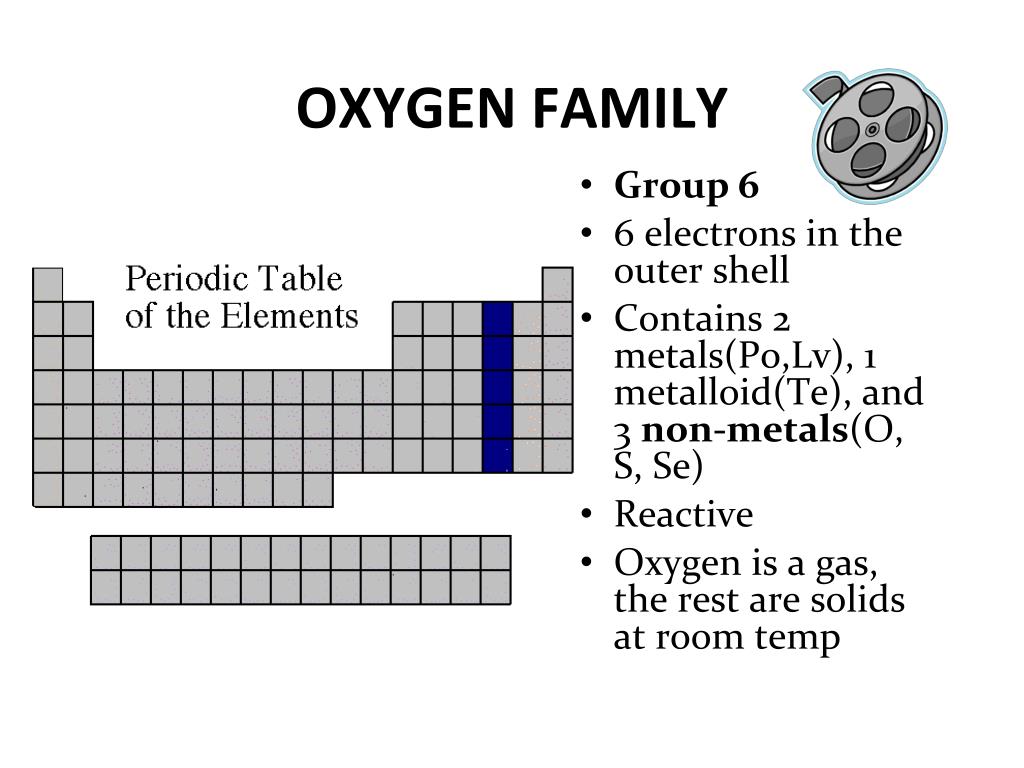

OXYGEN PERIODIC TABLE FREE
However, this assumes the atom to exhibit a spherical shape, which is only obeyed for atoms in vacuum or free space.

The atomic radius of a chemical element is a measure of the distance out to which the electron cloud extends from the nucleus. It must be noted, atoms lack a well-defined outer boundary. There is also a metallic form of solid oxygen. Oxygen also forms tetraoxygen, O 4, in one of the six phases of solid oxygen. By mass, oxygen is the third-most abundant element. It is a member of the chalcogen group on the periodic table and is a highly reactive nonmetal and oxidizing agent that readily forms compounds (notably oxides) with most elements. Trioxygen or ozone (O 3) is also gaseous at ordinary temperatures and pressure. (O) From Wikipedia, the free encyclopedia Oxygen is a chemical element with symbol O and atomic number 8. The atomic radius of Chlorine atom is 102pm (covalent radius). Dioxygen or gaseous oxygen is the form of the element used by living organisms for respiration. Note that, each element may contain more isotopes, therefore this resulting atomic mass is calculated from naturally-occuring isotopes and their abundance. The atomic mass is carried by the atomic nucleus, which occupies only about 10 -12 of the total volume of the atom or less, but it contains all the positive charge and at least 99.95% of the total mass of the atom. The atomic mass or relative isotopic mass refers to the mass of a single particle, and therefore is tied to a certain specific isotope of an element. Mass numbers of typical isotopes of Chlorine are 35 37. Isotopes are nuclides that have the same atomic number and are therefore the same element, but differ in the number of neutrons. The difference between the neutron number and the atomic number is known as the neutron excess: D = N – Z = A – 2Z.įor stable elements, there is usually a variety of stable isotopes. Neutron number plus atomic number equals atomic mass number: N+Z=A. The total number of neutrons in the nucleus of an atom is called the neutron number of the atom and is given the symbol N. The total electrical charge of the nucleus is therefore +Ze, where e (elementary charge) equals to 1,602 x 10 -19 coulombs. Total number of protons in the nucleus is called the atomic number of the atom and is given the symbol Z. Atomic Number – Protons, Electrons and Neutrons in ChlorineĬhlorine is a chemical element with atomic number 17 which means there are 17 protons in its nucleus.


 0 kommentar(er)
0 kommentar(er)
